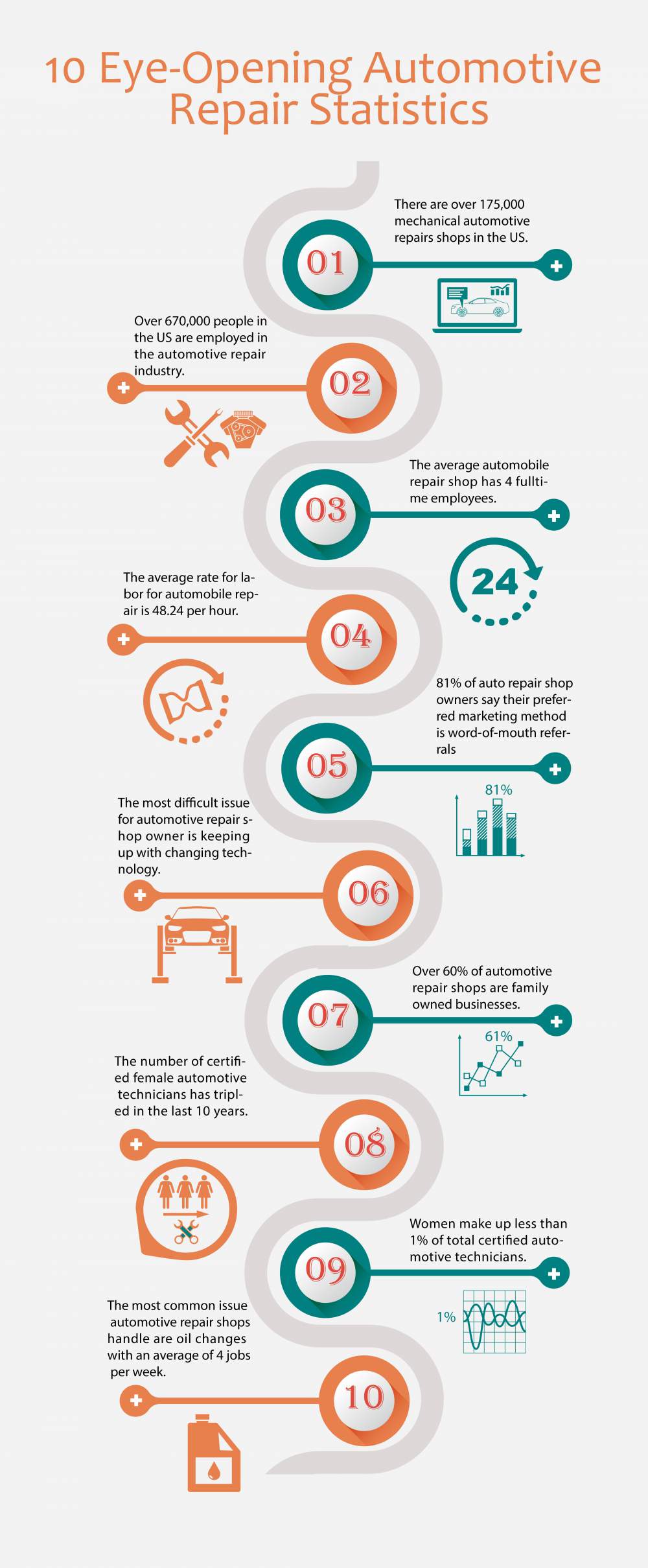Recognizing Your Cars And Truck'S Caution Lights: What Do They Really Mean?
Recognizing Your Cars And Truck'S Caution Lights: What Do They Really Mean?
Blog Article
Write-Up Written By-Cummings Mendoza
When you lag the wheel, those radiant caution lights on your control panel can be a little bit perplexing. Do you recognize what they're trying to inform you regarding your vehicle's wellness? Understanding the importance of these lights is crucial for your safety and security and the longevity of your car. So, the next time among those lights turns up, wouldn't you want to understand its message precisely and take the needed actions to resolve it?
Common Caution Lights and Interpretations
Identify usual caution lights in your vehicle and recognize their significances to ensure safe driving.
One of the most normal warning lights consist of the check engine light, which signals concerns with the engine or emissions system. If this light comes on, it's vital to have your vehicle inspected quickly.
The oil stress alerting light indicates low oil stress, calling for immediate focus to avoid engine damage.
A blinking battery light could recommend a faulty billing system, potentially leaving you stranded if not resolved.
The tire pressure surveillance system (TPMS) light notifies you to low tire pressure, impacting car stability and gas performance. Overlooking this might result in harmful driving conditions.
click the up coming article shows a problem with the anti-lock braking system, jeopardizing your ability to quit promptly in emergencies.
Finally, the coolant temperature alerting light warns of engine getting too hot, which can lead to serious damages otherwise dealt with quickly.
Understanding these usual caution lights will certainly help you address concerns quickly and preserve risk-free driving problems.
Value of Prompt Attention
Understanding the common caution lights in your vehicle is just the initial step; the relevance of quickly attending to these warnings can not be stressed enough to guarantee your safety and security when driving.
When a caution light illuminates on your control panel, it's your vehicle's means of connecting a prospective concern that requires interest. Ignoring these cautions can cause more severe issues down the road, compromising your safety and potentially costing you much more in repairs.
Read the Full Write-up to warning lights can avoid break downs and crashes. For instance, a blinking check engine light could show a misfire that, if left neglected, might cause damages to the catalytic converter. Resolving this promptly can conserve you from a pricey repair.
Likewise, a brake system cautioning light might signify reduced brake liquid or worn brake pads, vital components for your safety and security when driving.
DIY Troubleshooting Tips
If you notice a warning light on your control panel, there are a couple of DIY repairing pointers you can attempt prior to looking for professional assistance.
The first step is to consult your auto's handbook to recognize what the certain caution light indicates. Occasionally the problem can be as straightforward as a loosened gas cap activating the check engine light. Tightening the gas cap may settle the trouble.
Another usual issue is a low battery, which can activate various advising lights. Examining the battery links for rust and guaranteeing they're secure may fix the trouble.
If https://freeecutuningsoftware39483.bloggip.com/31136426/discovering-the-perfect-car-repair-shop-important-questions-to-ask continues, you can try resetting it by detaching the automobile's battery for a couple of minutes and then reconnecting it. Furthermore, checking your vehicle's fluid levels, such as oil, coolant, and brake liquid, can help troubleshoot cautioning lights related to these systems.
Conclusion
To conclude, understanding your car's warning lights is important for maintaining your car running smoothly and safely. By quickly resolving these signals and knowing what they indicate, you can avoid costly repair work and possible break downs.
Remember to consult your cars and truck's handbook for certain information on each advising light and act accordingly to guarantee a trouble-free driving experience.
Keep notified, stay risk-free on the road!
